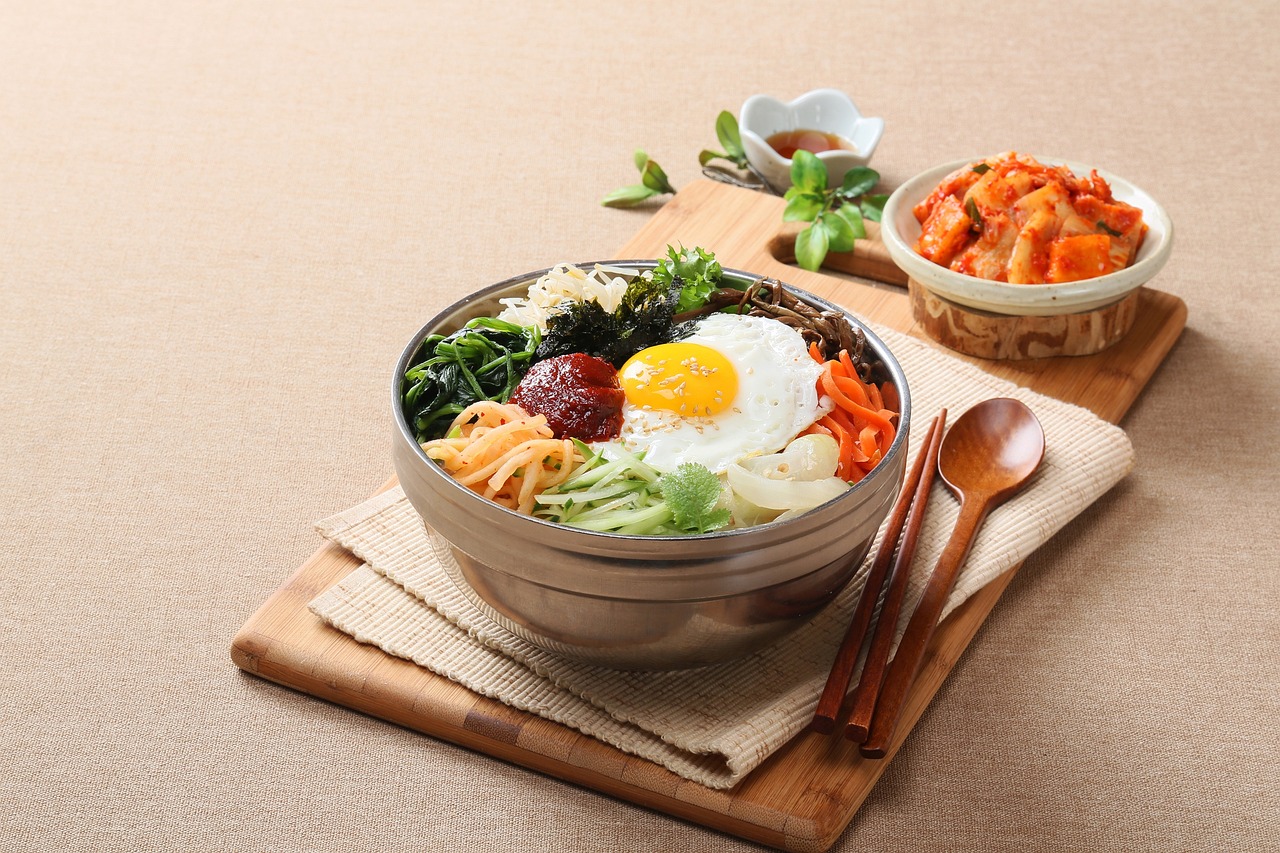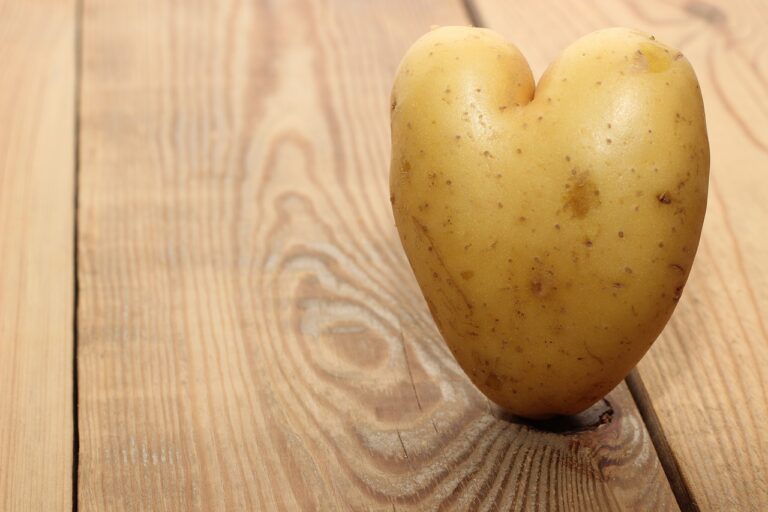Edible Insects: A Sustainable Protein Source for the Future
Edible insects are gaining popularity as a sustainable protein source due to their remarkable efficiency in converting feed into edible meat. Compared to traditional livestock like cattle or pigs, insects require significantly less land, water, and feed to produce the same amount of protein, making them a more sustainable option for feeding the growing global population.
Additionally, insects have a high reproductive rate and can be farmed in a controlled environment, reducing the environmental impact of large-scale farming. Their ability to thrive on organic waste further contributes to their sustainability, as they can be fed on byproducts that would otherwise go to waste. This makes edible insects not only a nutritious option but also an environmentally friendly choice for addressing food security and sustainability challenges.
• Edible insects are efficient in converting feed into edible meat
• Require less land, water, and feed compared to traditional livestock
• High reproductive rate and can be farmed in a controlled environment
• Thrive on organic waste, reducing environmental impact of farming
The Nutritional Benefits of Consuming Edible Insects
Edible insects offer a powerhouse of essential nutrients that can greatly contribute to a balanced diet. Packed with high-quality proteins, vitamins, and minerals, these tiny creatures provide a sustainable source of nutrition that can help combat malnutrition in many parts of the world. Insects such as crickets, mealworms, and grasshoppers are rich in protein, containing all the essential amino acids needed for maintaining and repairing body tissues.
Moreover, edible insects are a good source of healthy fats, including omega-3 and omega-6 fatty acids that are beneficial for heart health and brain function. They also contain important vitamins like B12, which is usually lacking in plant-based diets, making them a valuable addition to vegetarian or vegan eating patterns. Insects are also rich in minerals such as iron, zinc, and calcium, making them a nutritious option for those looking to diversify their diet and enhance their nutritional intake.
Different Types of Edible Insects Eaten Around the World
In many parts of the world, insects are a common and traditional source of food. From the crunchy grasshoppers of Mexico to the protein-rich mealworms of Europe, people have been consuming various types of edible insects for centuries. In Thailand, fried silkworm pupae are enjoyed as a delicacy, while in Japan, grilled bees are considered a seasonal treat.
Across Africa, termites are a popular choice for their nutty flavor and high protein content. In Australia, witchetty grubs are a staple in the diet of Indigenous communities, known for their creamy texture. These diverse culinary traditions highlight the nutritional value and cultural significance of edible insects worldwide.
Why are edible insects considered a sustainable protein source?
Edible insects are considered sustainable because they require less land, water, and resources to produce compared to traditional livestock. They also produce fewer greenhouse gas emissions, making them an environmentally friendly protein source.
What are the nutritional benefits of consuming edible insects?
Edible insects are a rich source of protein, vitamins, and minerals. They are also low in fat and have a high content of healthy fats such as omega-3 and omega-6 fatty acids. Insects like crickets and mealworms are particularly high in protein and can provide essential nutrients for a balanced diet.
What are some different types of edible insects eaten around the world?
Some common types of edible insects eaten around the world include crickets, mealworms, grasshoppers, ants, and beetles. In some regions, insects like termites, caterpillars, and silkworms are also consumed as a source of nutrition and protein. Each culture has its own unique way of preparing and consuming edible insects.







